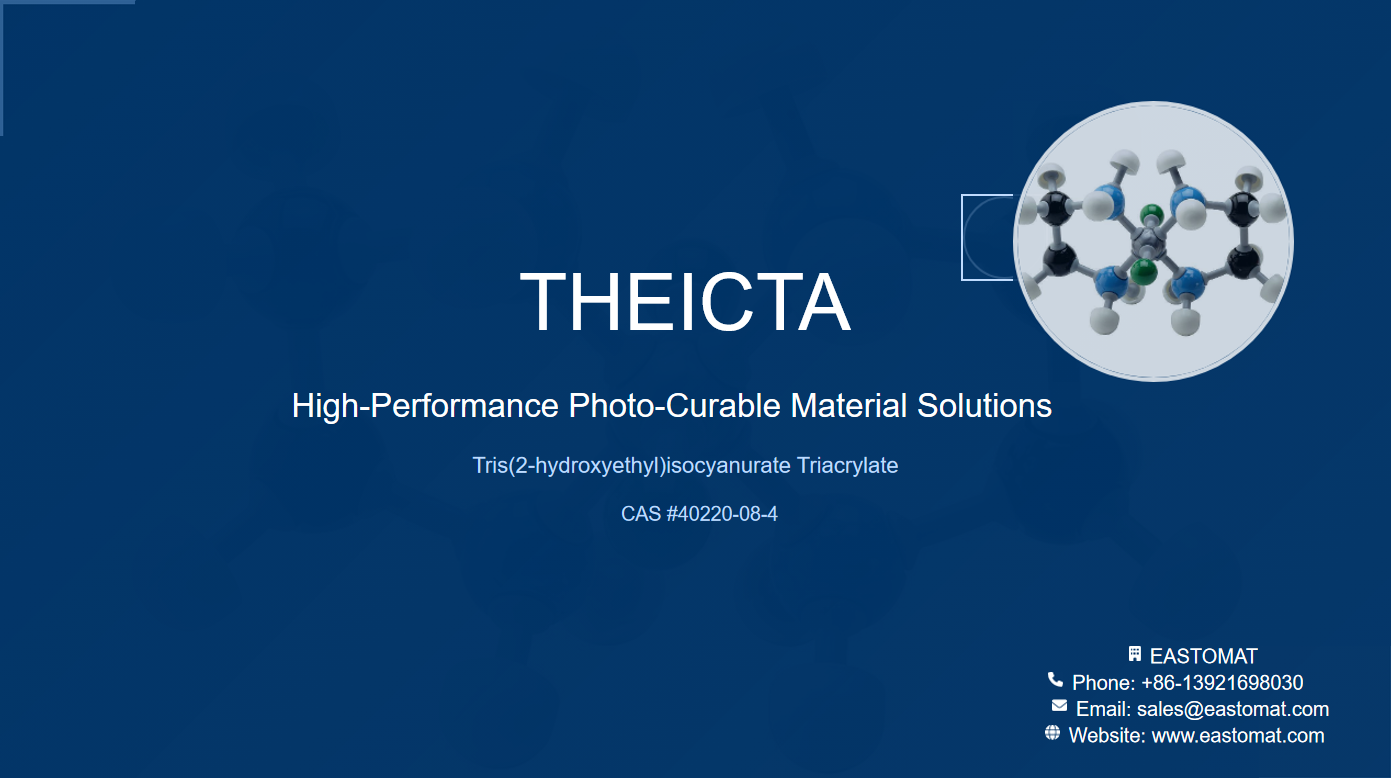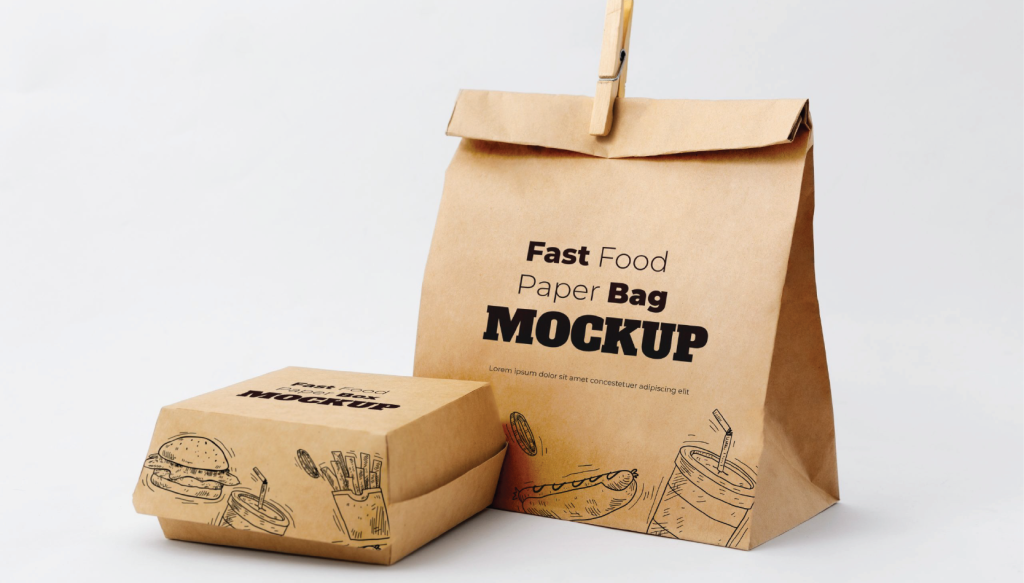Analysis of Oxygen Inhibition Effect in UV Curing Process: Causes, Mechanisms, and Countermeasures(Part 2)
Release time:
2025-06-29
Solutions: Multi-Dimensional Countermeasures and Technical Practices
With a deep understanding of the mechanism of oxygen inhibition, we can design and implement countermeasures from multiple dimensions. In industrial practice, a single method is usually not relied upon; instead, a combination of approaches is used to achieve the best balance of cost and effect.
Strategy 1: Formulation System Optimization—Building Anti-Oxygen Capability from the Source
This is the most fundamental solution, which involves optimizing the internal components of the UV curing formulation to inherently possess the ability to resist oxygen interference.
Improve Photoinitiator Efficiency and Concentration
Principle: Employ a "sea of people" tactic. By generating free radicals far exceeding the oxygen consumption rate in a short period, it ensures that even if a portion of free radicals is consumed by oxygen, there are still enough "survivors" to complete the polymerization reaction.
Practice:
Increase Dosage: Appropriately increase the concentration of photoinitiators, but be careful to avoid excessive amounts leading to yellowing, migration, or insufficient internal curing.
Choose High-Efficiency Initiators: Acylphosphine oxide initiators (such as TPO, TPO-L) are recognized stars in anti-oxygen inhibition. Both free radicals generated after their photolysis have high activity, and their absorption spectrum extends to the long-wave region, making them less susceptible to interference from surface oxygen absorption of short-wave UV.
Select Highly Reactive Monomers/Prepolymers
Principle: Increase the polymerization chain growth rate (Kp) to give it an absolute advantage in competition with oxygen reactions. If the chain growth rate is much faster than the rate of oxygen diffusion and reaction, the impact of oxygen inhibition will be greatly weakened.
Practice:
High Functionality Monomers: Use multifunctional acrylates, such as trifunctional TMPTA, hexafunctional DPHA, which have high double bond density and extremely strong reactivity.
Structural Selection: Acrylates generally polymerize an order of magnitude faster than methacrylates, thus being much less sensitive to oxygen inhibition.
Introduce Oxygen-Insensitive Curing Systems
Principle: Completely change the mechanism of curing chemistry so that it no longer relies on oxygen-sensitive free radicals.
Practice:
Cationic UV Curing: The active centers of this system are carbocations or oxonium ions, which do not react with diradical oxygen. Therefore, cationic curing systems (such as epoxy resins, vinyl ethers) have almost no oxygen inhibition problems and can achieve uniform "dark reaction" curing "from top to bottom," but their reaction speed is slower and they are susceptible to moisture in the environment.
Thiol-Ene Click Chemistry: This is a free radical reaction based on a step-growth mechanism. Its chain transfer constant is very high, the reaction rate is extremely fast, and it is far less sensitive to oxygen than acrylate systems, enabling uniform, low-shrinkage curing.
Strategy 2: Process Condition Improvement—Physical Isolation and Process Control
When formulation adjustment space is limited or too costly, improving the curing process is another effective approach.
Inert Gas Protection (Physical Isolation)
Principle: Purge the curing area with inert gases such as nitrogen (N2) or carbon dioxide (CO2) to replace air, reducing oxygen concentration from 21% (210,000 ppm) to very low levels (usually below 50 ppm). This is the most direct and effective physical method.
Practice: Integrate a nitrogen protection system into UV curing equipment. This method is highly effective, especially for high-end coatings, optical films, and electronic packaging fields where surface performance requirements are extremely high. Its main disadvantage is increased equipment and operating costs (nitrogen consumption).
Increase UV Light Intensity and Energy
Principle: High light intensity (high irradiance, mW/cm²) can generate extremely high concentrations of free radicals instantly, overwhelming oxygen consumption with an absolute numerical advantage.
Practice: Increase UV lamp power, shorten the distance between the lamp and the substrate, or reduce conveyor belt speed to increase total exposure energy (mJ/cm²). However, be warned that excessive exposure may lead to negative effects such as substrate thermal damage, material yellowing, and aging.
Wax or Barrier Layer Technology
Principle: Add a small amount (usually <1%) of wax that is not completely compatible with the system into the formulation. In the early stage of curing, the wax will migrate to the coating surface due to heat or density differences, forming a very thin physical barrier film that effectively isolates oxygen from the air.
Practice: This is a low-cost, high-efficiency solution. However, its disadvantages are also obvious: the wax layer may affect surface gloss and smoothness, and negatively impact interlayer adhesion during multi-layer coating.
Strategy 3: High-Efficiency Additive Technology—Proactive Chemical Means
This is a clever strategy combining chemistry and process, by introducing a small amount of highly effective additives to actively scavenge oxygen or "repair" polymerization chains damaged by oxygen.
Amine Additives (Oxygen Scavengers)
Mechanism: Amine compounds (especially tertiary amines, such as MDEA, EDB) are classic co-initiators. They cannot directly scavenge oxygen, but they can react with low-activity peroxyl radicals (POO·). By providing a labile α-hydrogen, amines reduce peroxyl radicals to stable hydroperoxides (POOH), while forming a highly active carbon-centered radical (α-amino radical). This newly formed free radical can continue to initiate monomer polymerization, thereby "resurrecting" the interrupted polymerization chain.
POO· + R-CH2-NR’2 → POOH + R-CH·-NR’2 (high activity)
Practice: Amine additives are widely used, but they may cause long-term yellowing problems in cured films, so careful selection and use are required.
Thiol Compounds
Mechanism: Similar to amines, thiols (R-SH) are excellent chain transfer agents. Their S-H bond energy is low, allowing them to efficiently donate hydrogen atoms to peroxyl radicals, generating thiyl radicals (RS·). Thiyl radicals are highly active and can effectively initiate polymerization, thus playing an anti-oxygen inhibition role.
Practice: Thiols are highly efficient, but some low-molecular-weight thiols have an unpleasant odor, limiting their application in certain fields.
Key Takeaway: Solution Matrix
There is no "silver bullet" for solving oxygen inhibition problems. The best strategy is a systematic combination based on application needs and cost considerations. The following table summarizes the characteristics of different strategies:
Strategy Dimension | Core Method | Advantages | Disadvantages/Considerations |
Formulation Optimization | High-efficiency initiators/monomers; cationic/thiol-ene systems | Solves fundamentally, stable effect | Higher cost, may change overall system performance |
Process Improvement | Inert gas protection; increased light intensity; wax addition | Wide applicability, can be implemented quickly | Equipment/operating costs; potential side effects (yellowing, affecting recoatability) |
Additive Technology | Amine, thiol additives | Small addition amount, cost-effective | May introduce yellowing, odor, etc. |
Frontier Research and Future Trends
The battle against oxygen inhibition has never stopped, and academia and industry are constantly exploring more efficient and intelligent solutions to adapt to emerging technologies and higher performance requirements.
Development of New Photoinitiator Systems
Developing photoinitiator systems that are oxygen-insensitive or can more effectively combat oxygen is a research hotspot.
Long-Wavelength/Visible Light Photoinitiators: Traditional UV mercury lamps emit short-wavelength ultraviolet light (<300nm) which is easily absorbed by surface oxygen, leading to energy waste. Developing initiators that respond efficiently in the long-wave UVA region (320-400nm) or even the visible light region can not only improve energy utilization but also enhance penetration curing capabilities for colored or thick coatings.
Multi-Component Synergistic Initiator Systems: Through a clever combination of photosensitizers, initiators, and hydrogen donors (such as amines, thiols), three-component or even four-component initiator systems are constructed. Photosensitizers are responsible for capturing light energy and transferring it to initiators, while hydrogen donors are responsible for "repairing" chains interrupted by oxygen, forming an efficient synergistic network that significantly improves initiation efficiency and anti-oxygen performance.
Rise and Challenges of LED Curing Technology
LED curing light sources are rapidly replacing traditional mercury lamps due to their energy-saving, long-life, cold light source, and monochromaticity advantages. However, this also brings new challenges to oxygen inhibition. The narrow band output of LEDs (e.g., 365nm, 395nm) cannot utilize short-wave ultraviolet light to consume surface oxygen (generating ozone) like mercury lamps, which imposes higher requirements on the anti-oxygen performance of formulations for LED curing. Therefore, developing specially optimized formulations for LED light sources with excellent surface curing performance is a current research focus.
Innovative Solutions for Specific Applications: From "Confronting" to "Utilizing"
In some cutting-edge fields, scientists have even begun to try to "tame" rather than just "confront" oxygen inhibition.
Case Study: "Dead Zone" Technology in High-Resolution 3D Printing
In light-curing 3D printing technologies (such as DLP, LCD), oxygen inhibition was once the culprit leading to reduced Z-axis accuracy. However, innovative processes represented by Carbon3D's pioneering CLIP (Continuous Liquid Interface Production) technology cleverly utilize the oxygen inhibition effect. They achieve a revolutionary breakthrough from "layer-by-layer printing" to "continuous stretch molding," with printing speeds increasing tens or even hundreds of times, by maintaining a controllable, oxygen-rich "dead zone" at the bottom of the printing window. The resin in this area cannot cure due to severe oxygen inhibition and remains liquid. This thin liquid film prevents the cured layer from adhering to the window. (Source: Science, 2015)
This case perfectly illustrates the scientific paradigm shift from passively solving problems to actively utilizing natural laws, opening up new application directions for oxygen inhibition research.
Conclusion: Comprehensive Measures, Mastering the Oxygen Inhibition Effect
The oxygen inhibition effect, stemming from the inherent interference of atmospheric oxygen's diradical nature with UV free radical polymerization, is a common and fundamental challenge in UV curing technology. It primarily affects the material surface layer, leading to tackiness, low hardness, and a series of quality issues. Its chemical mechanism lies in the quenching of excited photoinitiators by oxygen and the scavenging of active free radicals, ultimately forming low-activity peroxyl radicals that interrupt the polymerization chain.
Facing this challenge, there is no single "panacea" solution. The wisdom of industrial practice lies in systematic thinking and comprehensive measures. The optimal strategy often involves organically combining "formulation optimization + process improvement + additive technology" to form a customized set of solutions, based on specific application scenarios (coatings, inks, 3D printing), budget, and performance requirements. For example, for high-performance automotive coatings, a combination of "efficient TPO initiator + inert gas protection" might be adopted; while for cost-sensitive ordinary wood lacquers, a solution of "highly active monomer + amine additive + wax addition" might be chosen.
Furthermore, scientific progress is driving our understanding of oxygen inhibition from "confrontation" to "mastery." The clever use of "dead zones" in 3D printing foreshadows that we may discover more applications that turn harm into benefit in the future. This fully demonstrates how basic scientific research drives technological innovation, transforming a long-standing "problem" into a "tool" for achieving breakthrough performance.
Ultimately, by deeply understanding and flexibly applying the oxygen inhibition effect, we can more fully unleash the immense potential of UV curing technology—fast, efficient, and environmentally friendly—driving related industries towards higher quality and efficiency.
Oxygen Inhibition
Previous Page
Latest News
Get a Free Consultancy
NANTONG EASTO MATERIALS TECHNOLOGY CO.,LTD.

No.118,Zhujiang Rd.,Juegang St.,Rudong County,
Nantong City,Jiangsu Province,226400,China




 2025-06-29
2025-06-29






